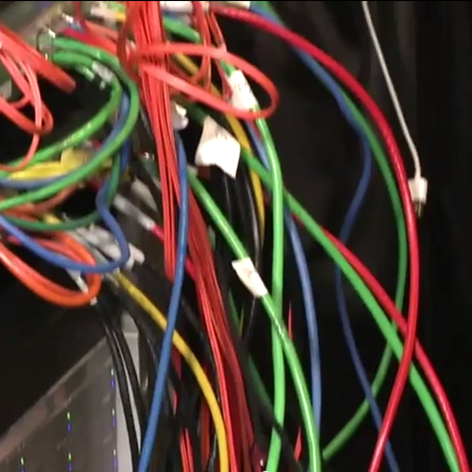In our ongoing Partner Voices blog series, we always look for interesting solutions provided by our partners using Cisco technology or services. As such, I am lucky enough to have the opportunity to speak with many Cisco Partners about some of the more interesting solutions they have provided for clients. It’s always nice to talk about the “fun” stuff, and this latest Partner Voices blog is no different.
I recently spoke with several folks at ePlus about a FlexPod deployment they installed for Exostar. This solution is covered in depth in a full case study that is well worth your time to read. I wanted to make sure we took the opportunity to highlight that success story in our Partner Voices blog too, as there were some significant benefits delivered to Exostar with this deployment.
Exostar powers secure business-to-business information sharing, collaboration and business process integration. They handle the needs of many leaders in aerospace, defense and the life sciences. As you can imagine, this creates the need for a highly secure environment for that information. Continue reading “Partner Voices: ePlus Provides Key Benefits with FlexPod Solution”
 The advent of the
The advent of the 


CONNECT WITH US